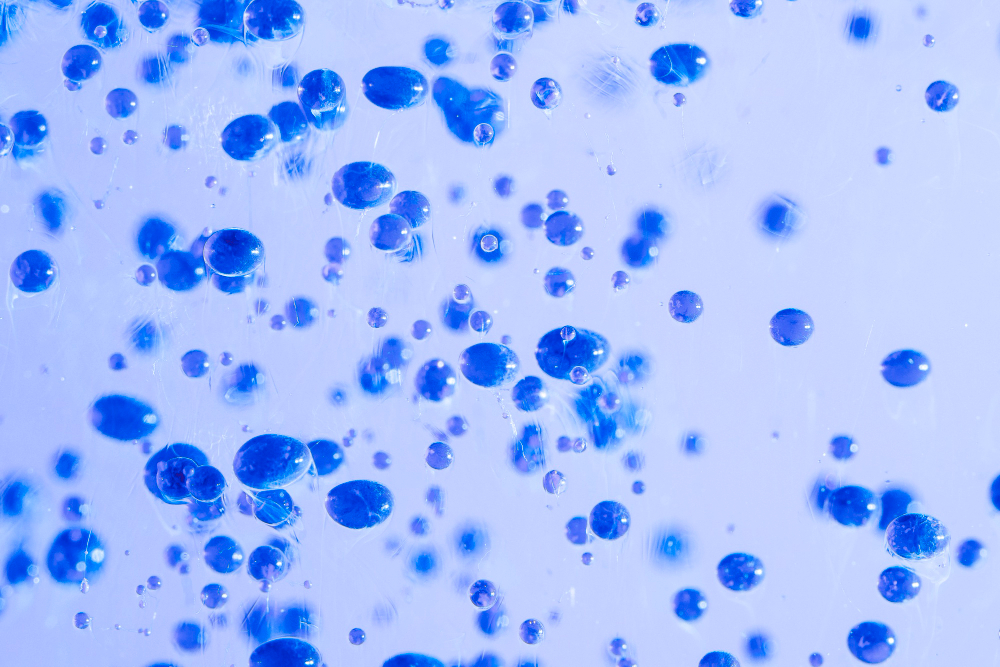Natural selection is a fundamental mechanism of evolution, shaping the diversity of life on Earth over millions of years. It operates in natural environments, where organisms face various challenges and selective pressures that influence their survival and reproductive success. In essence, natural selection favors individuals with advantageous traits that increase their chances of survival and reproduction in a given environment, leading to the gradual accumulation of beneficial traits within a population over time. These advantageous traits, known as adaptations, enable organisms to better adapt to their surroundings and outcompete other individuals within the same species.
Driving Forces of Natural Selection
Environmental factors play a crucial role in driving natural selection by exerting selective pressures that shape the traits and characteristics of organisms within a population. These selective pressures can include predation, competition for resources, climate fluctuations, and other ecological factors that influence an organism’s ability to survive and reproduce. Individuals with traits that confer a survival advantage in a particular environment are more likely to pass on their genes to future generations, leading to the gradual evolution of populations over time. Natural selection acts as a filter, allowing only the most fit and well-adapted individuals to survive and reproduce in their respective habitats.
Human Intervention in Evolutionary Processes
In contrast to natural selection, artificial selection is a deliberate process in which humans selectively breed organisms for desired traits or characteristics. Also known as selective breeding, artificial selection involves intentionally mating individuals with specific traits to produce offspring with those desired traits. Humans have been practicing artificial selection for thousands of years, selectively breeding plants and animals to enhance traits such as size, yield, flavor, color, and other desirable attributes. Artificial selection has played a significant role in the domestication of crops and livestock, leading to the development of agricultural practices that have fueled human civilization’s growth and development.
Manipulating Traits Through Selective Breeding
Artificial selection allows humans to manipulate genetic variation within populations by selectively breeding individuals with desired traits. By controlling which individuals reproduce and pass on their genes, humans can accelerate the process of trait selection and introduce new genetic combinations that may not occur naturally. This selective breeding process has led to the development of diverse breeds of plants and animals tailored to meet specific human needs and preferences, ranging from high-yield crop varieties to specialized breeds of livestock with desirable traits for food production, companionship, or other purposes.
Balancing Natural Processes and Human Intervention
While artificial selection has provided numerous benefits to human society, such as increased food production and enhanced agricultural productivity, it also raises ethical and environmental concerns. Intensive selective breeding practices can lead to reduced genetic diversity within populations, making them more vulnerable to disease, environmental changes, and other threats. Additionally, artificial selection may disrupt natural ecosystems by introducing non-native species or altering the genetic makeup of wild populations through interbreeding with domesticated individuals. Balancing the benefits of artificial selection with its potential impacts on biodiversity and ecological integrity is essential for sustainable agricultural practices and conservation efforts.
Bridging the Gap Between Nature and Nurture
In conclusion, natural selection and artificial selection represent two distinct yet interconnected processes that shape the evolution of life on Earth. While natural selection operates through environmental pressures and survival of the fittest in natural ecosystems, artificial selection involves human intervention in selectively breeding organisms for desired traits. Both processes play significant roles in shaping the genetic diversity and adaptive potential of populations, albeit with different mechanisms and outcomes. Understanding the differences between natural and artificial selection is essential for appreciating the complex interplay between human activities and natural evolutionary processes, guiding efforts to conserve biodiversity and promote sustainable practices in agriculture and beyond.



